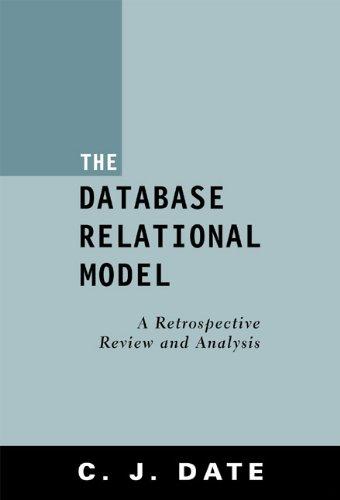Question
Need help filling out the missing sections of this code. the sections missing are step 6, 7, and 9. Step 1: Load the Tox21 Dataset.
Need help filling out the missing sections of this code. the sections missing are step 6, 7, and 9.
| Step 1: Load the Tox21 Dataset.
import numpy as np np.random.seed(456) import tensorflow as tf tf.set_random_seed(456) import matplotlib.pyplot as plt import deepchem as dc from sklearn.metrics import accuracy_score
_, (train, valid, test), _ = dc.molnet.load_tox21() train_X, train_y, train_w = train.X, train.y, train.w valid_X, valid_y, valid_w = valid.X, valid.y, valid.w test_X, test_y, test_w = test.X, test.y, test.w
Step 2: Remove extra datasets.
# Remove extra tasks train_y = train_y[:, 0] valid_y = valid_y[:, 0] test_y = test_y[:, 0] train_w = train_w[:, 0] valid_w = valid_w[:, 0] test_w = test_w[:, 0]
Step 3: Define placeholders that accept minibatches of different sizes.
# Generate tensorflow graph d = 1024 n_hidden = 50 learning_rate = .001 n_epochs = 10 batch_size = 100
with tf.name_scope("placeholders"): x = tf.placeholder(tf.float32, (None, d)) y = tf.placeholder(tf.float32, (None,))
Step 4: Implement a hidden layer.
with tf.name_scope("hidden-layer"): W = tf.Variable(tf.random_normal((d, n_hidden))) b = tf.Variable(tf.random_normal((n_hidden,))) x_hidden = tf.nn.relu(tf.matmul(x, W) + b)
Step 5: Complete the fully connected architecture.
with tf.name_scope("output"): W = tf.Variable(tf.random_normal((n_hidden, 1))) b = tf.Variable(tf.random_normal((1,))) y_logit = tf.matmul(x_hidden, W) + b # the sigmoid gives the class probability of 1 y_one_prob = tf.sigmoid(y_logit) # Rounding P(y=1) will give the correct prediction. y_pred = tf.round(y_one_prob) with tf.name_scope("loss"): # Compute the cross-entropy term for each datapoint y_expand = tf.expand_dims(y, 1) entropy = tf.nn.sigmoid_cross_entropy_with_logits(logits=y_logit, labels=y_expand) # Sum all contributions l = tf.reduce_sum(entropy)
with tf.name_scope("optim"): train_op = tf.train.AdamOptimizer(learning_rate).minimize(l)
with tf.name_scope("summaries"): tf.summary.scalar("loss", l) merged = tf.summary.merge_all()
Step 6: Add dropout to a hidden layer.
Step 7: Define a hidden layer with dropout.
Step 8: Implement mini-batching training. train_writer = tf.summary.FileWriter('/tmp/fcnet-tox21', tf.get_default_graph()) N = train_X.shape[0] with tf.Session() as sess: sess.run(tf.global_variables_initializer()) step = 0 for epoch in range(n_epochs): pos = 0 while pos N: batch_X = train_X[pos:pos+batch_size] batch_y = train_y[pos:pos+batch_size] feed_dict = {x: batch_X, y: batch_y} _, summary, loss = sess.run([train_op, merged, l], feed_dict=feed_dict) print("epoch %d, step %d, loss: %f" % (epoch, step, loss)) train_writer.add_summary(summary, step)
step += 1 pos += batch_size
# Make Predictions valid_y_pred = sess.run(y_pred, feed_dict={x: valid_X})
Step 9: Use TensorBoard to track model convergence. |
include screenshots for the following:
1) a TensorBoard graph for the model, and
2) the loss curve.
Step by Step Solution
There are 3 Steps involved in it
Step: 1

Get Instant Access to Expert-Tailored Solutions
See step-by-step solutions with expert insights and AI powered tools for academic success
Step: 2

Step: 3

Ace Your Homework with AI
Get the answers you need in no time with our AI-driven, step-by-step assistance
Get Started


